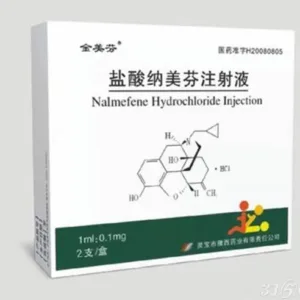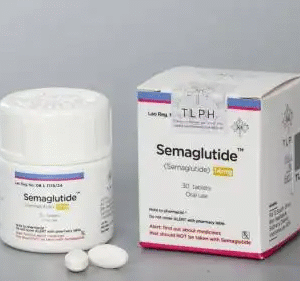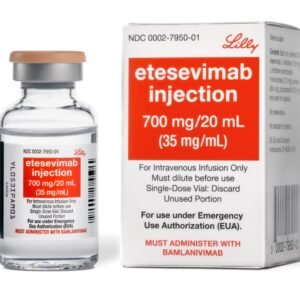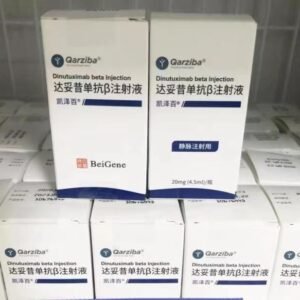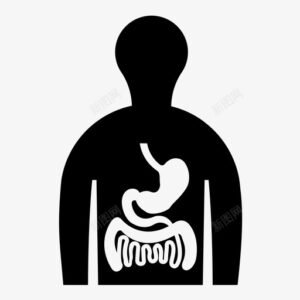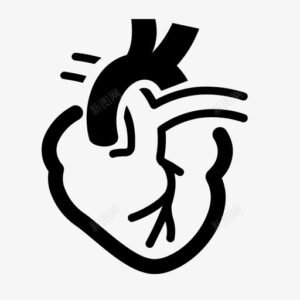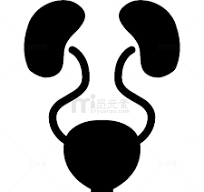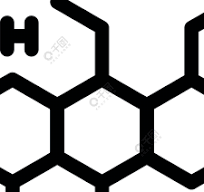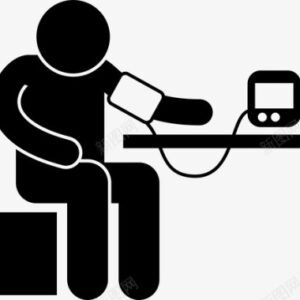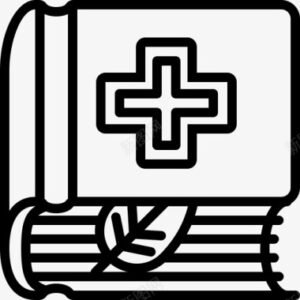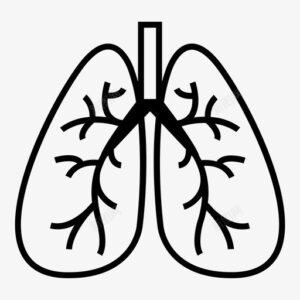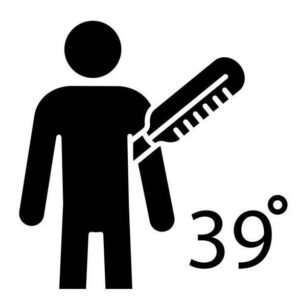Nalmefene Hydrochloride Injection.
Effects and efficacy:
Nalmefene hydrochloride can inhibit or reverse the effects of opioids, and is mainly used to reverse respiratory depression and impaired consciousness caused by opioids. It can be used for emergency awakening of known or suspected opioid overdose or poisoning, including acute craniocerebral and spinal cord injury, cerebral ischemia, cerebral infarction and other neurological damage diseases, coma, shock and postoperative anesthesia awakening, alcohol poisoning, anti-relapse treatment after drug detoxification and other symptoms.
Usage and Dosage:
Nalmefene injection is generally injected intravenously, and can also be injected intramuscularly or subcutaneously. General principles This product can reverse the undesirable opioid effects by dose titration. Because it is not expected to reverse the loss of pain and cause harm or withdrawal reactions, once a sufficient reversal effect is achieved, the drug should not be continued. Recommended dose for reversing postoperative opioid inhibition: The purpose of postoperative nalmefene treatment is to reverse the excessive inhibitory effects of opioids, not to cause complete reversal and acute pain. The initial dose is o.25μg/kg, and the dose can be increased by 0.25μg/kg after 2-5 minutes. When the expected opioid reversal effect is achieved, the drug should be stopped immediately. A cumulative dose greater than 1.0μg/kg will not increase the efficacy. When used in patients with known high cardiovascular risk, this product should be diluted with sodium chloride injection or sterile water for injection at a ratio of 1:1, and 0.1μg/kg should be used as the initial dose and increased dose. Patients who are tolerant or physically dependent on opioids: Nalmefene can cause acute withdrawal symptoms in patients who are tolerant or physically dependent on opioids. These patients should be closely observed for withdrawal symptoms during initial or continuous use. The drug should be used again at least 2-5 minutes later to increase the dose to achieve the maximum therapeutic effect. If respiratory depression recurs after repeated use, the dose should be increased to achieve the clinical therapeutic effect, and excessive reversal should be avoided when increasing the dose. Please follow the doctor’s advice for details.
Adverse reactions:
After taking the drug, side effects such as nausea, vomiting, tachycardia, postoperative pain, fever, dizziness, headache, chills, hypertension, hypotension, and vasodilation may occur. For a small number of patients, when the dose of this product exceeds the recommended dose, the symptoms produced by nalmefene show a reversal of the effects of endogenous opioids (such as other anesthetic antagonists previously reported). These symptoms (carefulness, chills, myalgia, irritability, abdominal cramps, and joint pain) are often transient and have a low incidence. For patients who have undergone surgery or opioid overdose, the expected opioid withdrawal symptoms occur after using the clinically recommended dose. Later, it was found that these patients had used opioids. The withdrawal symptoms that occur with the use of nalmefene are similar to those that occur with the use of other opioid antagonists. The withdrawal symptoms that occur with low-dose postoperative medication are transient, and the withdrawal symptoms that occur with high-dose medication in patients with drug overdose last for a long time. It is reported that the frequency of tachycardia and nausea that occur with the use of nalmefene after surgery is the same as that of the use of bioequivalent doses of naloxone. When the dosage can only partially reverse the effect of opioids, the incidence of these two adverse reactions is low, and their incidence increases with the increase of dosage. Therefore, the recommended dosage is no more than 1.0μg/kg for postoperative use and no more than 1.5mg/70kg for the treatment of opioid overdose. Adverse reactions with an incidence rate of less than 1%: Cardiovascular system: bradycardia, arrhythmia. Digestive tract: diarrhea, dry mouth. Nervous system: drowsiness, neurasthenia, agitation, nervousness, tremor, confusion, withdrawal symptoms, muscle spasms. Respiratory tract: pharyngitis. Skin: itching. Urinary tract: urinary retention. When the dosage of this product exceeds the recommended dosage, the incidence of adverse reactions increases.
Drug contraindications:
Allergic to this product is prohibited. Use with caution during pregnancy. Use with caution during lactation.
Share:
Products
Our offers
Health Classification
Let us work together to protect precious health




